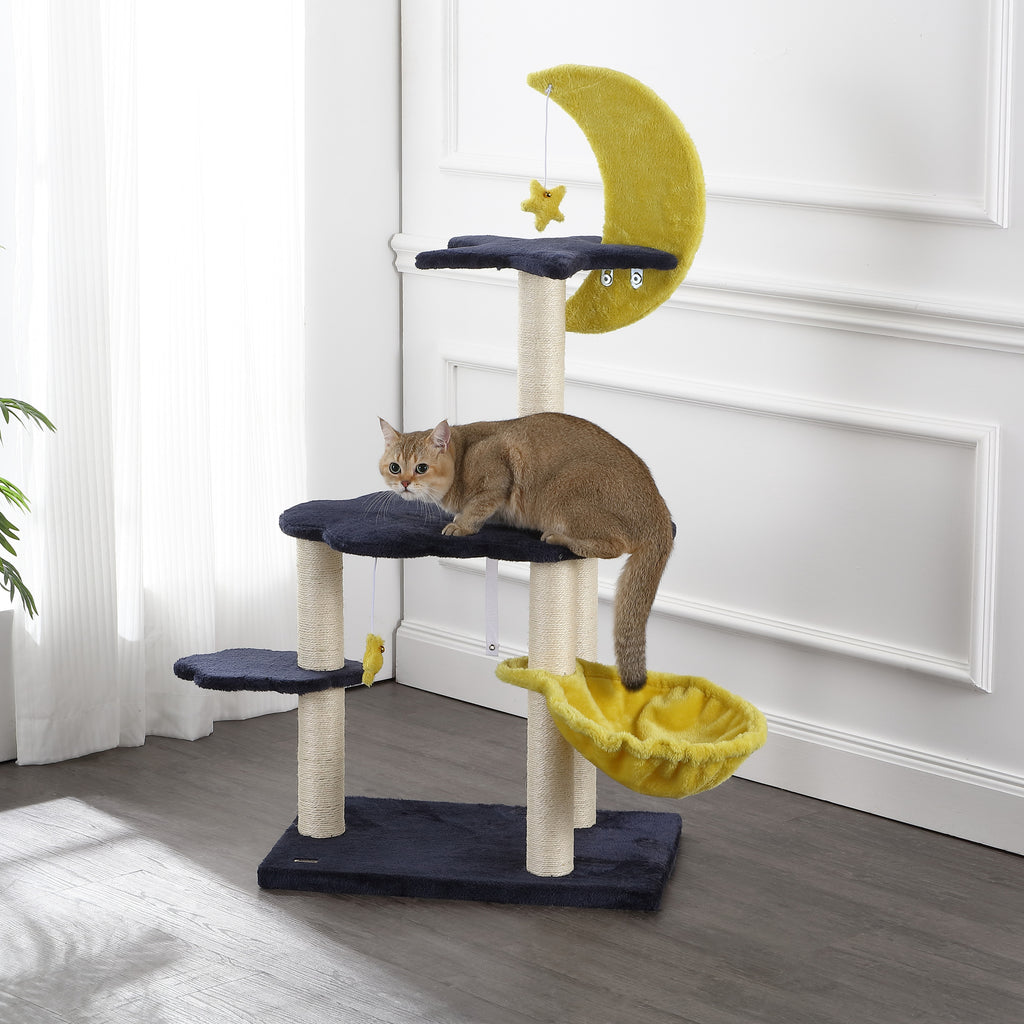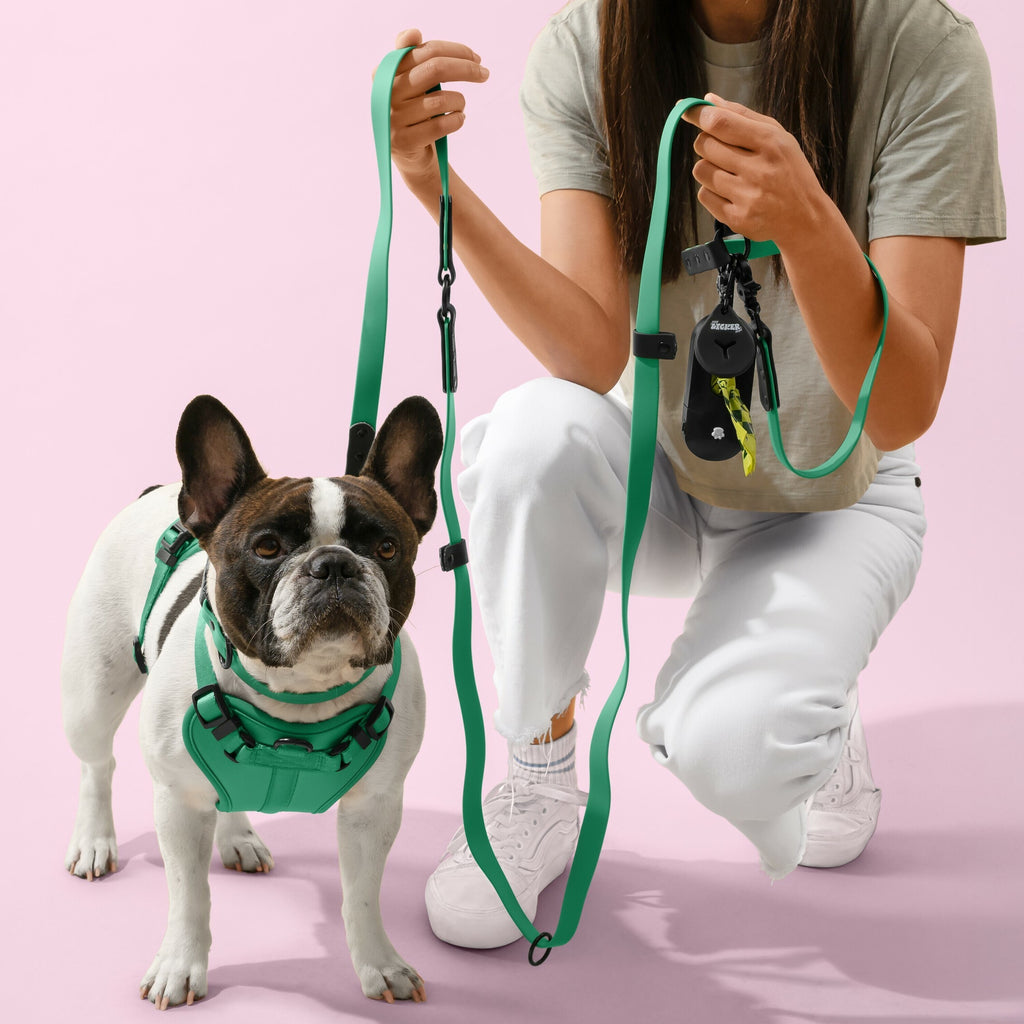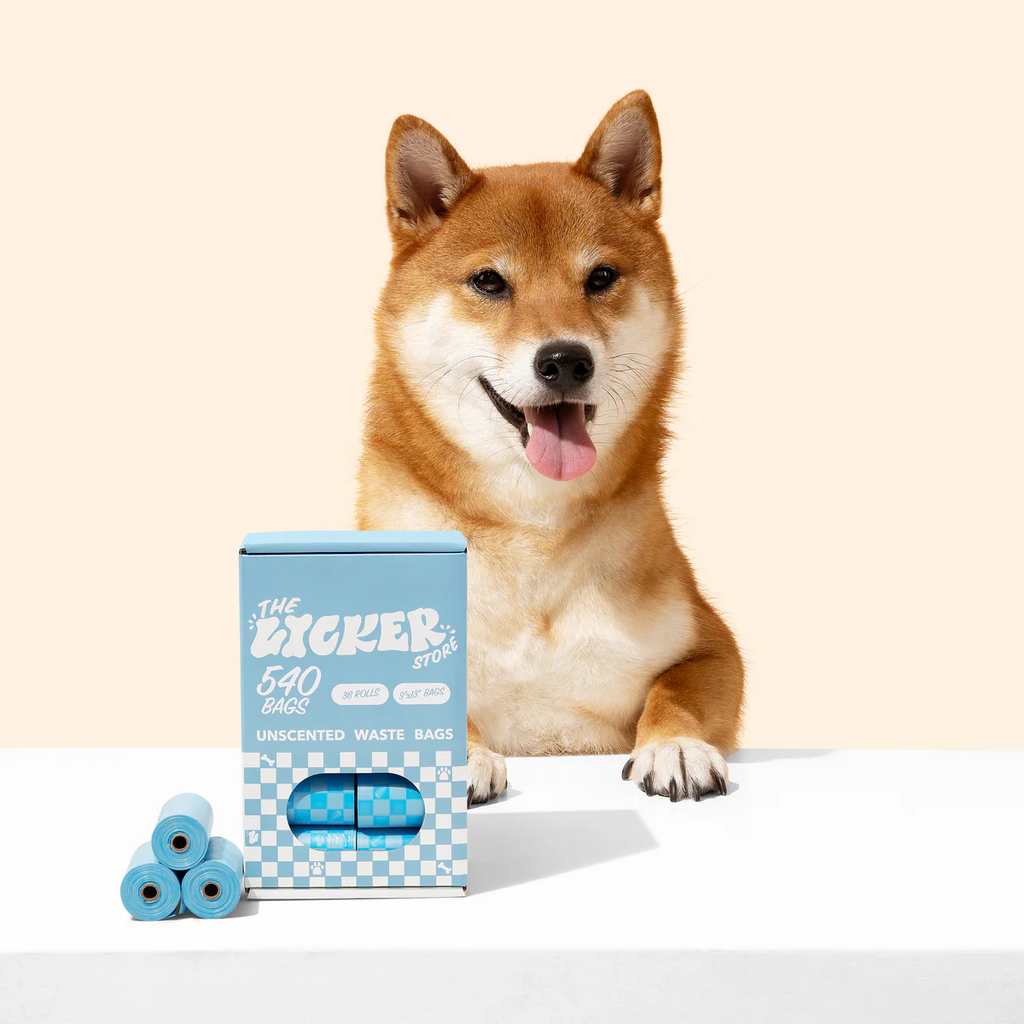If you’ve ever found yourself staring at a stack of cat food cans in the grocery aisle wondering “how much wet food should I feed my cat?” — you’re not alone. Feeding your cat the right amount of wet food can feel confusing, especially when packaging labels seem unclear or your cat’s appetite changes from day to day.
The truth is, cats have unique dietary needs depending on their age, weight, activity level, and health. Getting their portions right isn’t just about keeping them full — it’s about ensuring long-term health, hydration, and happiness. In this guide, we’ll explore how much wet food to feed a cat, how often to feed them, and how to make the transition from dry food successfully.
Why Wet Food Is So Important for Cats
Cats are obligate carnivores, which means they depend on animal-based proteins to survive. Unlike dogs, cats don’t have a strong natural thirst instinct because, in the wild, most of their moisture comes from the prey they eat. That’s why wet food plays such a crucial role in a domestic cat’s diet.
Wet food has a high moisture content — typically around 70 to 80 percent. This moisture helps your cat stay hydrated naturally, reducing the risk of urinary tract infections and kidney problems. It’s especially beneficial for senior cats or cats that don’t drink much water.
Besides hydration, wet food offers several benefits. It’s easier to chew and digest, making it great for kittens, picky eaters, and older cats with dental issues. It’s also packed with rich aroma and flavor, which makes mealtime more enjoyable. For cats who need encouragement to eat, wet food can make all the difference.
How Much Wet Food Should You Feed Your Cat Daily?
Every cat’s feeding requirement is different, but as a general guideline, an average adult cat weighing around 8 to 10 pounds needs roughly 4 to 5 ounces of wet food per day. That’s typically equivalent to one and a half to two small cans of cat food.
However, this amount can vary based on several factors. For example, an indoor cat who spends most of the day lounging and sleeping will burn fewer calories than an outdoor cat who climbs, explores, and plays. Kittens, on the other hand, need more frequent feedings and more calories per pound of body weight because they’re still growing.
A good starting point is to feed one 3-ounce can for every 3 to 3.5 pounds of body weight per day. You can then adjust the portions depending on your cat’s appetite, energy level, and physical condition.
If your cat is gaining weight too quickly, reduce the portion slightly. If they seem hungry even after finishing their meal or are losing weight, increase the amount a little. Always consult your vet if you’re unsure.
Setting a Consistent Feeding Schedule
Cats are creatures of habit and thrive on routine. Feeding your cat at the same time every day helps regulate their digestion and reduces anxiety or begging behaviors.
Most adult cats do well with two meals a day — one in the morning and one in the evening. This schedule mimics their natural hunting rhythm and keeps them satisfied throughout the day.
Some cats, particularly those who tend to overeat or get bored easily, might prefer smaller, more frequent meals. In that case, you can divide their total daily portion into three or four smaller feedings spaced evenly throughout the day.
Whatever schedule you choose, stay consistent. Cats love predictability, and a fixed routine helps them feel secure.
Mixing Wet and Dry Food
Many cat owners like to combine wet and dry food — and that’s perfectly fine. Mixing both can give your cat the benefits of each type: hydration from wet food and dental support from dry kibble.
If your cat has been eating dry food for a long time and you’re planning to switch to wet food, do it gradually. Cats can be sensitive to sudden dietary changes, and switching too fast might upset their stomach or cause them to reject the new food.
Start by replacing a small portion of dry food with wet food. Over about ten days, increase the amount of wet food while decreasing dry kibble until your cat has fully adjusted. This slow transition helps prevent digestive issues and allows your cat to get used to the new texture and flavour.
Understanding Calorie Needs

If you want to get precise about how much wet food to feed your cat, the best approach is to calculate their daily caloric requirement.
On average, a cat needs around 20 calories per pound of body weight per day. So, if your cat weighs ten pounds, they’ll need roughly 200 calories daily.
Check the label of your cat food to see how many calories are in one can. For example, if one 3-ounce can contains 100 calories, your ten-pound cat will need two cans per day.
This calculation is a great way to ensure you’re feeding the right amount — not too little and not too much. Remember, cats’ needs can change with age, activity, and health, so reassess their portions every few months.
Feeding Different Life Stages
A kitten’s feeding routine is very different from that of an adult or senior cat. Here’s a breakdown of how much wet food to feed cats at different life stages — no tables, just clear explanations.
For kittens:
Kittens grow rapidly and burn a lot of energy. They need to eat small meals several times a day — usually three to four times daily. A kitten should eat enough to stay full but not so much that their belly becomes round or bloated. Choose kitten-specific wet food, as it’s rich in protein and essential nutrients that support growth and development.
For adult cats:
Adult cats typically do best with two meals a day. Monitor their weight regularly and adjust portions as needed. If your cat becomes less active or starts putting on extra weight, consider reducing the amount slightly or increasing playtime.
For senior cats:
Older cats often slow down and may require fewer calories, but they also need high-quality protein to maintain muscle mass. Wet food is excellent for seniors because it’s easier to chew and provides much-needed hydration. You can feed them smaller portions more often throughout the day if they seem to have a smaller appetite.
How to Tell If You’re Feeding the Right Amount
The best way to know whether you’re feeding the right amount of wet food is to observe your cat. Their body condition, coat, and energy levels will give you clues.
If your cat maintains a steady, healthy weight and has a shiny, soft coat, you’re probably doing things right. You should be able to feel their ribs easily when you touch their sides but not see them protruding.
If your cat starts gaining weight, you might be overfeeding. You may notice a rounder belly, less activity, or trouble grooming themselves. On the other hand, if your cat is losing weight, seems constantly hungry, or looks bony, increase their portions slightly.
Remember that every cat is unique. Even cats of the same size can have different metabolisms, so fine-tune your feeding plan based on your cat’s individual needs.
Tips for Serving Wet Food Properly
Feeding wet food isn’t just about the quantity — it’s also about how you serve it. Cats can be surprisingly particular about their food’s temperature, texture, and freshness.
Always serve wet food at room temperature. If it’s been in the fridge, let it sit out for a few minutes or warm it slightly (but never hot). Cold food straight from the refrigerator can be unappealing to cats.
Use shallow, wide bowls rather than deep ones. Cats dislike it when their whiskers touch the sides of the bowl while eating. Keep feeding areas clean, and wash bowls daily to prevent bacteria buildup.
Store any leftover wet food in the refrigerator in an airtight container and use it within 24 hours. Avoid leaving wet food out for too long — after three to four hours, it can spoil and attract bacteria.
Also, keep fresh water available at all times, even if your cat eats primarily wet food. Hydration is key to maintaining kidney and urinary tract health.
Common Questions About Feeding Wet Food
Can I feed only wet food to my cat?
Yes, absolutely. As long as the wet food you choose is labeled “complete and balanced,” it contains all the nutrients your cat needs. Many cats thrive on a 100% wet food diet, especially if they’re prone to urinary or kidney problems.
Should I Mix Wet and Dry Food?
You can — and many pet owners do. Mixing both gives your cat variety and helps with hydration. Just make sure you adjust the total portion so you’re not overfeeding.
How Often Should I Feed My Cat Wet Food to My Cat?
Most adult cats do well with two meals a day. However, some cats prefer smaller meals more often. It depends on your cat’s preference and your schedule.
How Do I Keep Wet Food Fresh?
Use plastic can covers or store leftovers in airtight containers. Always refrigerate opened cans and warm slightly before serving the next meal.
Can Kittens Eat Adult Wet Food?
No, kittens should only eat food formulated specifically for their growth needs. Adult formulas don’t provide enough calories or nutrients for proper development.
Understanding Cat Feeding behaviour
Feeding time is not just about nutrition — it’s also a bonding ritual. Cats associate mealtime with love, security, and comfort. When you feed your cat regularly, you’re not just nourishing their body; you’re building trust.
Some cats are natural grazers and prefer to eat small portions throughout the day, while others finish their meal in one sitting. Watch your cat’s eating habits and adjust feeding times accordingly.
If your cat seems to beg for food often, it doesn’t always mean they’re hungry. Sometimes, they’re just seeking attention or reacting to a routine. Try offering playtime or affection instead of extra food to avoid overfeeding.
Common Feeding Mistakes to Avoid
Even experienced cat owners make mistakes when it comes to feeding. Here are some to watch out for:
-
Overfeeding treats or table scraps
-
Changing food brands too quickly
-
Leaving wet food out for long periods
-
Feeding only dry food without enough water access
-
Ignoring portion instructions on food labels
These small habits can lead to obesity, digestive issues, or picky eating over time. Consistency and moderation are key to keeping your cat healthy.
The Importance of Hydration
Cats naturally have a low thirst drive, which is why dehydration is common among them. Wet food provides a crucial source of hydration, especially for indoor cats who might not drink enough water.
To encourage more hydration, keep multiple water bowls around your home or use a cat water fountain — many cats prefer running water. You can also occasionally add a spoonful of water or unsalted chicken broth to their wet food for extra moisture.
Proper hydration supports digestion, kidney function, and overall health. Think of wet food as not just nutrition, but a hydration solution.
Final Thoughts: Feed with Love, Not Just Measurement
Learning how much wet food to feed your cat takes a little observation, a bit of math, and a lot of love. Each cat is different, so don’t be afraid to adjust portions as you go. The goal is a balanced diet that keeps your cat fit, hydrated, and content.
Establish a routine, feed high-quality food, and monitor your cat’s health regularly. A well-fed cat is a happy cat — and a happy cat makes for an even happier home.
Remember, feeding your cat isn’t just about filling their bowl. It’s about caring for them every day in the simplest, most loving way possible.






